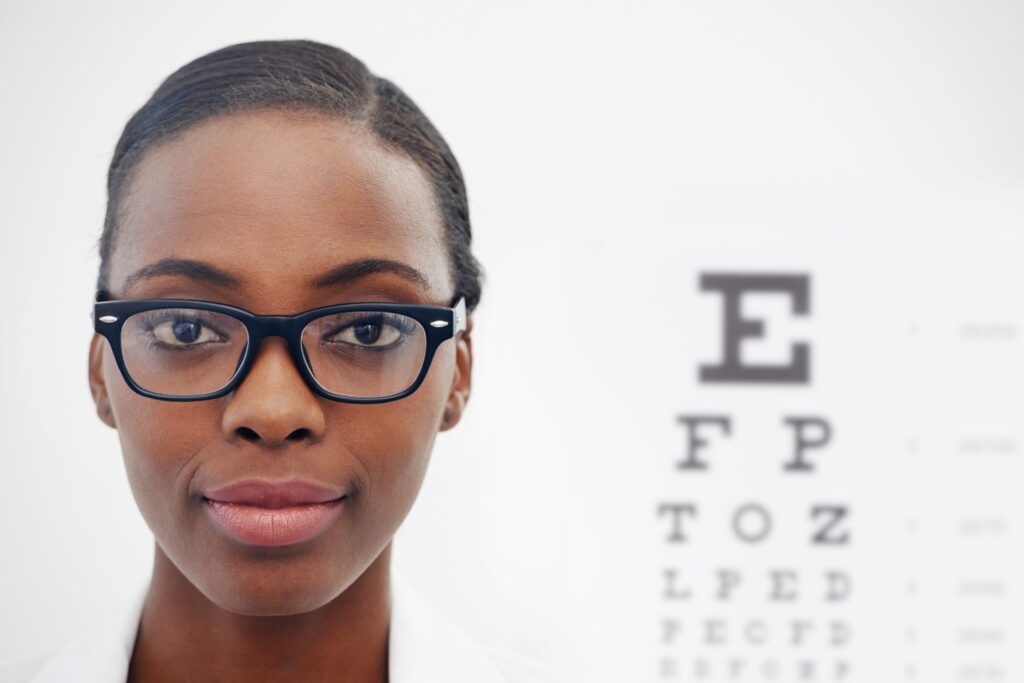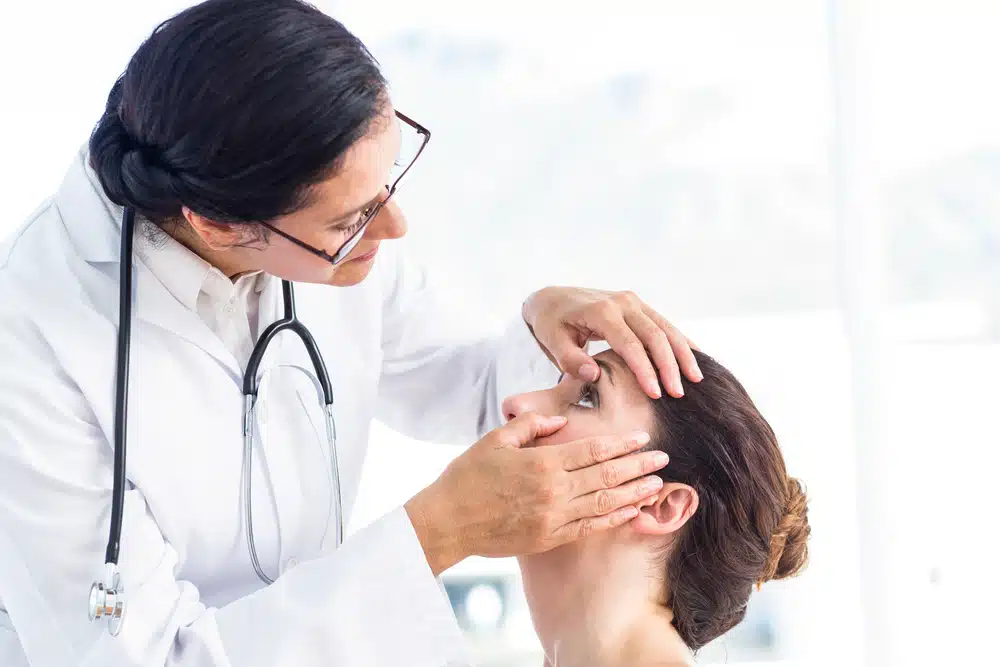The Comprehensive Eye Exam: What to Anticipate During Your Visit to the Eye Doctor
A visit to the eye doctor for a comprehensive eye examination is greater than a routine exam; it is a crucial action in securing your aesthetic health. From the first discussion of your clinical history to the accuracy of the aesthetic skill test, each part of the exam serves a particular function. Yet what specifically occurs during the eye health and wellness evaluation, and just how does it affect the prescription procedure? Understanding these components is vital for those who wish to keep optimal eyesight. As we check out each part, the importance of follow-up recommendations will certainly additionally become clear.
Initial Appointment
The preliminary examination throughout an eye test functions as a crucial structure for comprehending an individual's visual wellness requirements. This stage establishes the tone for the entire evaluation process, allowing the eye doctor to gather important information about the patient's clinical background, way of living, and particular vision issues. By diligently evaluating any pre-existing conditions, medicines, or previous surgical treatments, the eye treatment expert can customize the examination to attend to private needs properly.

Furthermore, the first assessment is a possibility for patients to articulate any type of issues or inquiries, cultivating a joint connection with their healthcare supplier. This communication not just makes certain that the client feels educated and comfy yet likewise empowers them to take part actively in their eye health administration. Jointly, these discussions allow the optometrist to devise a customized assessment strategy, guaranteeing optimal care and exact diagnosis.
Aesthetic Skill Examination
Kicking off the core components of an eye evaluation, the visual skill examination is developed to assess the intensity and quality of a person's vision. This important assessment assists determine how well a person can determine letters or icons at a standardized range, usually using a Snellen chart (Eye Doctor Optometrist). The chart comprises rows of letters that reduce in dimension inside out, with the individual positioned at a popular range of 20 feet
During the test, the client is asked to cover one eye and read out loud the smallest line of letters they can see clearly. This process is duplicated for the other eye. The outcomes are taped as a portion, with 20/20 vision suggesting regular visual acuity-- where the patient can see at 20 feet what an individual with normal vision can see at that range.
The visual acuity examination likewise identifies possible refractive mistakes such as hyperopia, nearsightedness, or astigmatism, which could necessitate restorative lenses. By establishing a standard of visual efficiency, the examination is a vital diagnostic device that assists the eye treatment professional in establishing a suitable treatment strategy tailored to the person's unique visual demands.
Eye Wellness Evaluation
Adhering to the aesthetic skill examination, an extensive eye health evaluation is carried out to make sure the overall wellness of the eyes. This important segment of the eye test includes a complete analysis of both the inner and exterior structures of the eye.
With the use of ophthalmoscopy or fundus digital photography, the retina, optic nerve, and blood vessels are diligently examined. In numerous cases, student expansion is done to improve presence of the internal eye frameworks, although this might result in short-lived light sensitivity for the individual.
Furthermore, intraocular stress is determined to evaluate for glaucoma danger. This is normally done making use of tonometry, which can discover raised pressure levels that may suggest potential damage to the optic nerve. Collectively, these assessments create a thorough evaluation to keep ocular health and wellness.
Refraction and Prescription
Exactly how does one guarantee optimal vision? An important step hinges on the go to my blog process of refraction and obtaining an exact prescription. Refraction is a sophisticated treatment conducted by eye treatment specialists to establish the exact lens power required to deal with refractive errors such as nearsightedness, astigmatism, presbyopia, and hyperopia. The objective of this treatment is to analyze how light bends as it passes through the eye, allowing the specialist to establish whether rehabilitative lenses are necessary for improved visual acuity.
Throughout the refraction process, the individual is asked to look through a phoropter, a device which contains various lenses. The practitioner will systematically change these lenses and ask the patient to compare clearness between choices until the ideal possible vision is achieved. This procedure is crucial in crafting an accurate prescription that specifies the appropriate lens power for eyeglasses or call lenses.
The prescription stemmed from this treatment not only optimizes vision but likewise acts as a structure for picking ideal rehabilitative eyewear. It is essential to guarantee that prescriptions are routinely updated, as modifications in vision can take place with time, emphasizing the relevance of routine eye assessments. This thorough focus to detail assists keep clear, comfy vision in day-to-day life.
Follow-Up Recommendations

Throughout a follow-up see, the eye doctor will certainly conduct a collection of tests to assess aesthetic skill and look for any kind of changes in vision that may require an update to the prescription. In addition, the follow-up gives an opportunity to review any type of discomfort have a peek at this site or problems experienced with existing glasses. Modifications can be made to guarantee convenience and effectiveness, whether via lens adjustment or framework adjustments.
For individuals with recurring conditions such as glaucoma, diabetes-related eye issues, or macular deterioration, more regular follow-ups may straight from the source be necessary. These visits are vital for managing and potentially slowing the progression of eye disease. Following these suggestions can significantly contribute to preserving visual wellness and protecting against long-lasting difficulties.
Final Thought
The extensive eye examination is a necessary procedure for keeping aesthetic health, incorporating an in-depth assessment of clinical background and vision concerns. Trick components consist of the visual acuity test, which evaluates vision clarity, and the eye health and wellness assessment, which takes a look at the general problem of the eyes.
A browse through to the eye medical professional for a detailed eye test is more than a regular exam; it is a crucial step in safeguarding your visual health and wellness.Kicking off the core elements of an eye assessment, the visual skill examination is made to evaluate the intensity and clarity of a client's vision.Complying with the visual skill test, a detailed eye wellness assessment is performed to make sure the general wellness of the eyes. These gos to permit the eye care specialist to check modifications in vision, update prescriptions, and examine the overall health of the eyes. Secret components consist of the aesthetic skill test, which assesses vision quality, and the eye wellness assessment, which checks out the overall problem of the eyes.